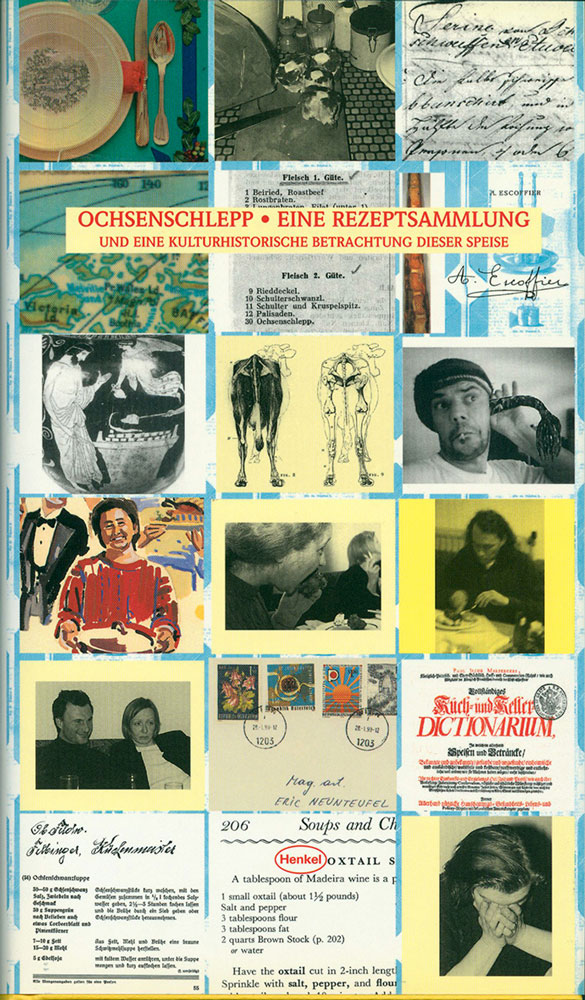Broschüre über die Graphik Werkstatt
 |
 |
What is a print?
Prints are a form of graphic art, derived from the Greek word “graphein”, which means writing or drawing; in the broadest sense of the word, it stands for the transposition of shapes seen or experienced into lines, dots and areas.
In the stricter sense, it is defined as the creative transfer of the artist’s free drawing onto certain materials through craftmanship, with the aim of creating a print, i.e. the reproduction of the original work in a specific number of copies.
The artist decides how many to make and that total number of impressions is called an “edition”. They are then signed and numbered by the artist. Various printing methods have evolved over the long history of the medium. The four best-known techniques are woodcut 1, etching, lithography, and screen print. Depending on what an artist wants to express in a particular work, one or another technique is chosen for its distinct visual effects. Since these techniques are sometimes complicated to perform, the assistance of an expert printer is often required.
1) We think that the technique of wood- and linocut is well known. So it ́s not necessary to describe this technique.

Actually, there was a time – and you don’t even have to go back to the fifteenth century – when graphic arts (derived from the Greek word for “descriptive arts”) primarily meant artistic prints. Of course, this was “long before Apple”. The number of those who are enthusiastic about the unique technical and creative capabilities of this genre is on the rise again, and some among its followers have sought to get to know or try out one or several of the roughly 400 (!) techniques summarized under this term.
“Prints are as young as those who think them up and pro-duce them”, says Eric Neunteufel.
Thus, you can experience what it means to make prints – the workshop and gallery of Eric Neunteufel and Angelika Kreilinger at Primmersdorf/Waldviertel has been offering this since August 2016.
Kreilinger is a graphic artist and conservator, Neunteufel is one of the last persons in Austria who trained as a copperplate printer. After completing his apprenticeship, he studied graphic arts in Oswald Oberhuber’s Master Class at the University of Applied Arts in Vienna and at Chelsea College of Arts in London.
The opportunities offered by their Graphik Werkstatt are addressed to everyone who is interested, including artists who do not have their own equipment and wish to use the infrastructure.
For Kreilinger “prints stand for the successful mix of art and craft”. You can tell that these two people know the ropes.
If you have ideas or are interested in this type of work, you can take a hands-on approach and make your ideas materialise or work through the individual stages of the process with Eric Neunteufel and choose the method which will result in your own print.
Jürgen Niederdöckl 2017
Hände
 |
 |
 |
 |
 |
 |
Kazimir Malevic Malbuch
 |
 |
 |
 |
Art work inspired by the works of Kasimir Malewitsch
Malewitsch - russian avangardist of the first quarter of the 20th century - born on the 23rd of February 1879 in Kiev died on the 15th of May in Leningrad.
Malwitsch said about his beloved farmers: "The most important criteria that showed the difference between workers and farmer for me: the drawing. The workers don’t produce any drawings, to decorate their houses neither did they care about art. The farmers entailed all of that... In the country there was much interest for art ( at the time a word unknown to me). It is probably more fitting to say objects were produced that I found particularly beautiful. Those objects bore the secret of my sympathy for my fellow country folks. With deep emotion do I observe the farmers while they create their ornaments and helped them to to paint the wood floors in their huts (khata) with alumina and create ornate borders around their fireplaces. They painted pretty whimsical roosters,little horses and flowers.Colors are being made on site out of different forms of clay and dutch azur blue."
Gouachen:
 |
 |
 |
Colour-etching:
 |
 |
 |
The Reader
 |
 |
"The Reader" 2013 Bound edition with one lithography Cover: Original lithography 140,- €/ Limited Edition: 33 |
 |
"The Reader" Brochure edition 28,- € (incl 10% Ust.) / Limited Edition: 217 |
The lithography "The Reader" of Eric Neunteufel refers to the ceramic piece "Pushkin" by Alexandra Zaitseva.
Zein Wigger added to this lithograph with drawings that were silkscreened over the existing lithograph.
The interested read Speech of krampus to an adult human
(dadatex)-Karton
 |
 |
| (dadatex)-Karton “eitel ist sein scheitel” vanity is his crest A work to the 17th arpade Hans Arps excerpts from a collection of poems “Die Wolkenpumpe” Format: 32,5 x 24,5 x 5,2 cm Concept, development and production: Eric Neunteufel Bookbinding work: Franz Holitzer Contributors: Rudolf Horaczek, Carlo Hufnagl,Gerhard Jaschke, Juerg Jegge,Joachim Kern, Andreas Leikauf, Eric Neunteufel, Beate Zechner, Erwin Puls, Andreas Stark € 320,- / limited edition of 50, signed and numbered in 1997 |
 |
the journal of (dadatex)-Karton "eitel ist sein scheitel" |
1=beer As a tourist in the realm of German language and literature studies
R-AUSZIEHEN


































